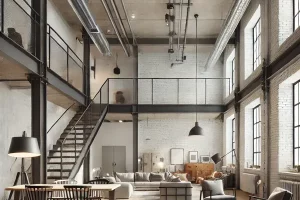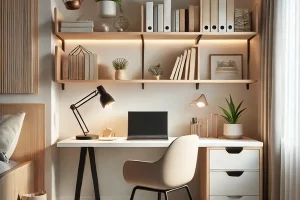A Walipini is a special house for plants. It is built in the ground. Why Know the Walipini Greenhouse advantages and disadvantages? It’s good to know what’s good and bad about a Walipini. Then you can decide if you want one. Let’s learn more!
What is a Walipini Greenhouse?
Definition and Basic Concept
A Walipini greenhouse is a special kind of greenhouse that is built into the ground. The word “Walipini” means “warm place.” It’s a way to grow plants underground!
How is it Different from Other Greenhouses?
Most greenhouses are built above the ground. They need heaters or fans to keep the plants warm or cool. But a Walipini is different. It uses the ground to keep it warm. It means you don’t need to spend a lot of money on heaters or fans. Also, because it’s underground, wind and snow only bother it a little. So your plants are safer and happier.
Walipini Greenhouses Advantages and Disadvantages
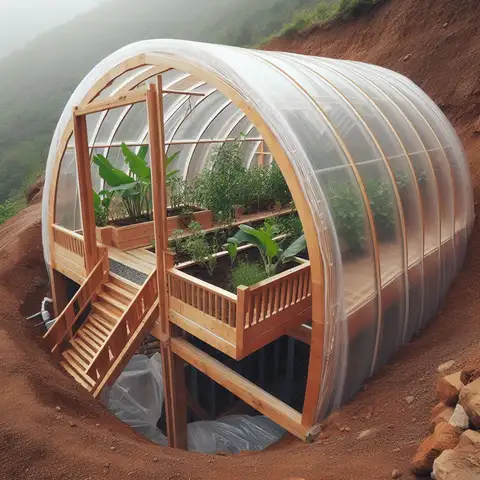
The Good Stuff: Advantages of a Walipini Greenhouse
- Year-Round Growing: One of the best things about a Walipini is that you can grow plants all year, even in winter!
- Energy Savings: Because it uses the Earth’s natural heat, you don’t need to spend a lot on heating or cooling.
- Space-Saving: Walipinis can be built in small spaces, so you don’t need a big yard.
- Low Cost: Building a Walipini can be cheaper than other types of greenhouses, especially if you do it yourself.
- Eco-Friendly: Using natural heat and cooling makes Walipinis good for the planet.
The Not-So-Good Stuff: Disadvantages of a Walipini Greenhouse
- Moisture Problems: Being underground can make it too damp, which is not good for some plants.
- Hard Work: Building a Walipini takes a lot of digging and heavy lifting.
- Local Laws: Some places have rules about building underground structures, so you’ll need to check that out first.
- Pest Control: Being close to the ground can sometimes make it easier for bugs to get in.
- Limited Light: Less natural light can reach underground, so you should add extra lights.
Walipini Greenhouse Cost
How Much Does It Cost?
The cost of building a Walipini greenhouse can vary a lot. It depends on many things, like the size, the materials you use, and where you live. But generally, it can be cheaper than a regular greenhouse. It is because you don’t need to buy heaters or cooling systems.
What Affects the Cost?
- Size: Bigger Walipinis cost more because you need more materials.
- Materials: If you use fancy or high-quality materials, the cost will go up.
- Labor: If you hire people to build it, that will also add to the cost.
- Location: In some places, you might need special permits, which can also cost money.
How to Build a Walipini Greenhouse
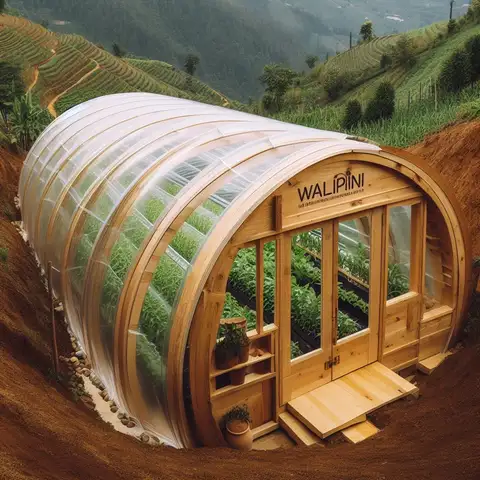
Materials Needed
To build a Walipini greenhouse, you’ll need the following materials:
- Wooden Planks: For the frame.
- PVC Pipes: For the roof structure.
- Plastic Sheeting: To cover the roof.
- Concrete: For the walls and floor.
- Nails and Screws: To put everything together.
- Tools: Hammer, screwdriver, shovel, and a saw.
Step-by-Step Guide
Step 1: Plan Your Space
First, decide where you want to build your Walipini. Make sure the spot gets lots of sunlight.
Step 2: Dig the Hole
Start by digging a hole in the ground. The hole should be about 6-8 feet deep.
Step 3: Build the Walls
Use concrete to build the walls of the hole. It will make your Walipini strong.
Step 4: Make the Frame
Use wooden planks to build a frame. This frame will hold up the roof.
Step 5: Add the Roof
Use PVC pipes to make the roof structure. Then, cover it with plastic sheeting.
Step 6: Secure Everything
Use nails and screws to make sure everything is tight and secure.
Step 7: Test
Before you start using your Walipini, make sure to test it. Check for any leaks or weak spots.
And there you have it! You’ve built your very own Walipini greenhouse. Now, you can start planting and enjoy growing your food all year round!
Common Problems in Walipini Greenhouse
Here are some common problems you might face and how to solve them.
Moisture Control
Problem:
One of the most common issues in a Walipini greenhouse is controlling moisture. Because it’s underground, it can get too humid, leading to mold and mildew.
Solution:
To control moisture, make sure to have a good drainage system in place. You can also use a dehumidifier or install vents to help circulate air and reduce humidity.
Ventilation
Problem:
Another issue is poor ventilation. Without proper air circulation, plants can become susceptible to diseases.
Solution:
Installing manual or automatic vents can help. You can also use fans to circulate the air. Make sure to open the vents during the day to let fresh air in and close them at night to keep the heat.
Pests
Problem:
Being underground, a Walipini can attract various pests like rodents or insects, which can harm your plants.
Solution:
Regularly inspect your Walipini for signs of pests. Use organic pesticides or traps to deal with them. Make sure also to seal any openings where pests could enter.
Walipini Greenhouse Kit: What to Look For
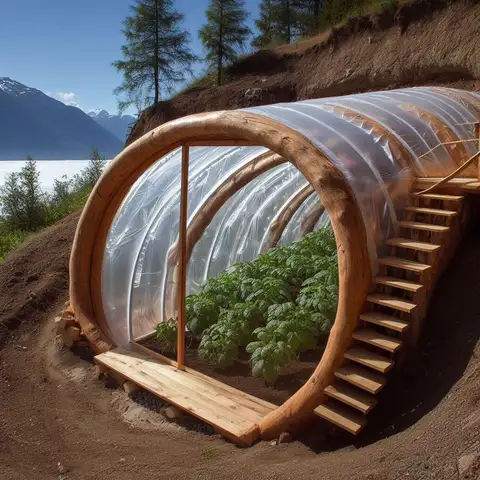
Complete Parts
Make sure the kit has all the parts you need. It means it should have the frame, the cover, and things like vents.
Why This Matters:
Having all the parts in one box makes it easy to build your greenhouse. You won’t have to go out and buy more stuff.
Detailed Instructions
The kit should come with easy steps to help you build it.
Why This Matters:
Easy steps make it simple to build your greenhouse. You won’t make mistakes that could make you start over.
Quality of Materials
Check that the kit is made of strong stuff like good metal and plastic.
Why This Matters:
Strong stuff means your greenhouse will last a long time. It won’t break easily, and your plants will be happy.
Walipini Greenhouse Plans: Picking the Right Design
Types of Plans
There are many types of plans for Walipini greenhouses. Some are simple, and others are more complex.
Why This Matters:
The right plan helps you build a greenhouse that fits your needs. You can grow more types of plants and use the space well.
Custom or Pre-Made
You can make your plans or buy pre-made ones.
Why This Matters:
Pre-made plans are quicker, but custom plans let you make a greenhouse that fits your yard perfectly.
Walipini Greenhouse PDF: Finding Detailed Guides
Where to Look
You can find PDF guides online. Websites about gardening often have them.
Why This Matters:
A good PDF guide helps you build your greenhouse the right way. It shows you each step and what tools you need.
Free or Paid
Some PDFs are free, but others you have to pay for.
Why This Matters:
Free PDFs are good for saving money, but paid ones often have more details and tips.
Walipini Greenhouse Temperature: Keeping It Just Right
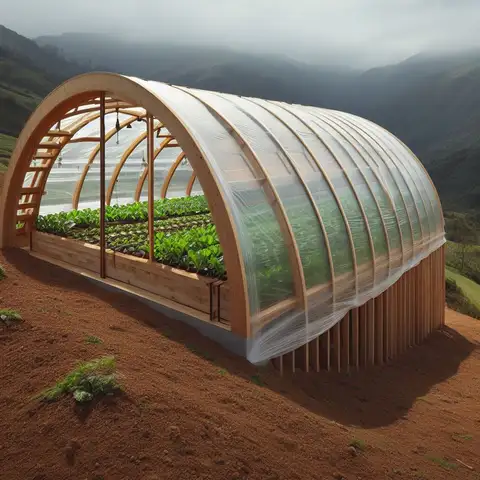
What’s the Right Temp?
The right temperature in a Walipini greenhouse depends on what you’re growing. Some plants like it warm, and others like it cool.
The right temperature helps your plants grow well. If it’s too hot or too cold, your plants may not grow or could even die.
How to Keep It Warm
You can use heaters or warm water barrels to keep your greenhouse warm in the winter.
Keeping it warm helps you grow plants even when it’s cold outside.
How to Keep It Cool
In the summer, you can use fans or open vents to let hot air out.
Too much heat can harm your plants. You need to keep the greenhouse cool in hot weather.
Tools to Help
You can use a thermometer to check the temperature. Some people even use smart systems that can adjust the temperature for you.
Knowing the exact temperature helps you take better care of your plants.
Geothermal Walipini Greenhouse: Earth’s Power for Your Plants
Geothermal means using the Earth’s natural heat to control the temperature. In simple terms, the Earth acts like a big heater in the winter and a cooler in the summer.
Using Earth’s heat is not only good for the planet but also saves you money on electric bills.
How Does Geothermal Work in a Walipini?
Pipes go deep into the ground and circulate water or air. It brings up heat during the winter and cool air during the summer to keep your greenhouse at the perfect temperature.
Your plants will be happy and healthy all year long, no matter the weather outside.
Walipini Underground Greenhouse: A Cozy Home for Plants
An underground Walipini is built into the ground, usually a few feet deep. This natural insulation helps keep it warm in winter and cool in summer.
Being underground makes it easier to maintain the right temperature, which means less work for you.
Cool Features of an Underground Walipini
You can grow plants that usually don’t like your local weather. Plus, you can grow them all year long!
Walipini Sunken Greenhouse: A Little Lower, A Lot Better
A sunken Walipini is not as deep as an underground one. It’s built slightly lower than the ground level around it.
Being a bit lower helps keep the air inside just right, making it easier to grow a wider range of plants.
What Makes a Sunken Walipini Special?
Sunken Walipinis are easier and quicker to build than fully underground ones. They still offer many of the same benefits, like better temperature control and the ability to grow a diverse range of plants.
Walipini Construction: Building Your Underground Greenhouse
What You Need: Materials
- Wood or Metal Frames: These give shape to your Walipini. Wood is cheaper, but metal lasts longer.
- Plastic Sheeting or Glass: This covers the top to let light in. Plastic is less expensive, but glass is more durable.
- Soil: You’ll need good soil for the plants and also for the walls if you’re not using concrete.
- Concrete: Optional, but it makes the structure stronger.
- Pipes and Vents: For air flow and maybe heating.
- Tools: Shovels, hammers, nails, and some power tools.
How to Build: Step-by-Step Guide
- Plan: Decide the size and where it will go. Check local laws, too.
- Dig: You’ll need a big hole in the ground, so start digging!
- Frame: Put up the wood or metal frames to shape your Walipini.
- Cover: Put the plastic sheeting or glass on top.
- Vent: Add some pipes or vents for air.
- Plant: Once it’s all set, you can start planting!
Knowing the good and bad sides of a Walipini helps you make a smart choice. If you like growing plants and saving money, a Walipini could be perfect for you.
Go For It!
If you’ve read this far, you’re interested in Walipinis. Why not give it a try? Building your own Walipini can be a fun project that pays off in fresh food and flowers.
FAQs About Walipini Greenhouse
What is a Walipini Greenhouse?
A Walipini is a type of greenhouse that is built into the ground. It’s a great way to grow plants all year long.
How Much Does a Walipini Cost?
The cost can vary a lot. It depends on the size and the materials you use. But it’s often cheaper than other types of greenhouses.
Is a Walipini Good for All Plants?
Most plants do well in a Walipini. But some might need special care or might not be a good fit.
How Do I Keep My Walipini Warm?
The ground helps keep it warm. But you might also need a heater or some vents.
Can I Build a Walipini Myself?
Yes, you can! Many people build their own. There are kits and plans to help you.
What Are the Main Problems with a Walipini?
Some common issues are too much moisture, not enough airflow, and pests. But these can often be fixed.
Where Can I Find Plans for a Walipini?
You can find plans online, in books, or from experts who know a lot about Walipinis.
Is a Walipini the Same as an Underground Greenhouse?
Yes, a Walipini is a type of underground greenhouse. But not all underground greenhouses are Walipinis.
What Makes a Walipini Different from Other Greenhouses?
A Walipini is built into the ground, which makes it different from most other greenhouses that are built above ground.
Can I Use a Walipini in Cold Weather?
Yes, you can! A Walipini is good for growing plants even when it’s cold outside.






